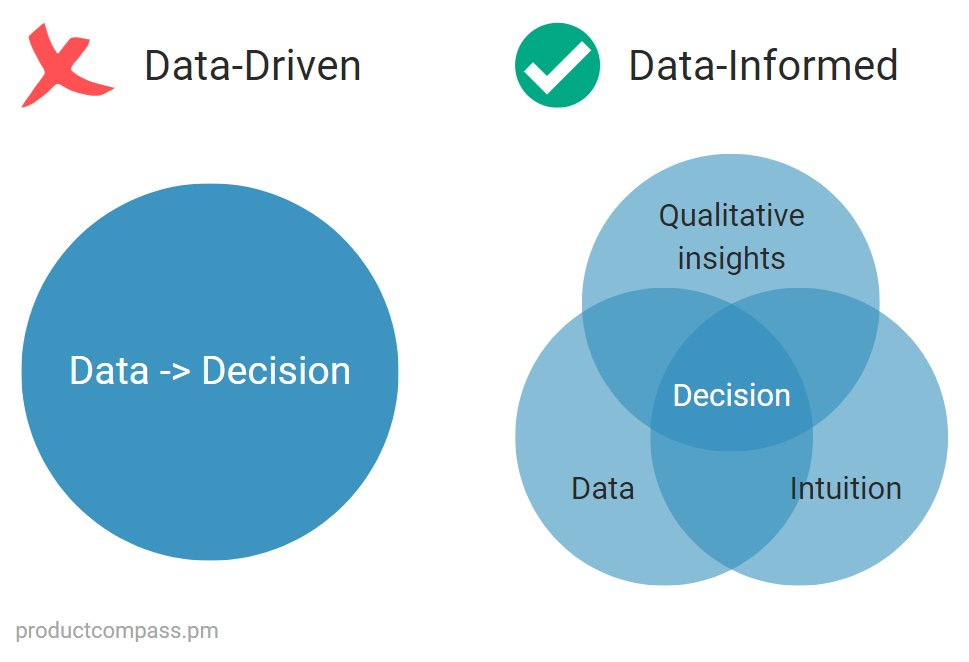How to Manage Risks as a Product Manager
Product Management is, at its hearth, about managing risk. But the risks at play and the ways to approach them are not obvious.
Hey, Paweł here. Welcome to the free archived edition of The Product Compass.
Every week, I share actionable tips and resources for PMs.
If you are not a subscriber, here are a few posts you might have missed:
Consider subscribing and upgrading your account if you haven’t already for the full experience:
How to Manage Risks as a Product Manager
I’d argue that Product Management is, at its heart, about managing risk.
But the risks at play and the ways to approach them are not obvious.
And it’s much more than the famous “Value, Usability, Viability, and Feasibility.”
So, in today’s newsletter:
Risks in Product Management
🔒 How to Deal with Risks for a New Product
🔒 How to Deal with Risks as a Product Leader
🔒 How to Deal With Risks in Continuous Product Discovery
🔒 The Importance of Releasing Early
🔒 Summary and Conclusions
1. Risks in Product Management
1.1 Risk definition
First, let’s start with the definition. Risks are unpredictable events that might impact the outcomes we care about.
According to classical risk theory, there are two types of risks:
Negative risks, for example, nobody wants to use a feature we built.
Positive risks (or “opportunities”), for example, a new law is introduced, and our product helps customers become compliant. They are considered primarily by the product leaders.
*Those are not the same “opportunities” we use in the Opportunity Solution Tree; the language is ambiguous here.
1.2 The extended classification
There are many approaches to classifying risks. In Continuous Product Discovery, we typically consider Value, Usability, Viability, and Feasibility risks, with Ethics either part of Viability or presented as a separate category:
However, the picture above is not complete. Three additional risk categories, depending on the context, deserve our special attention:
Go-to-market. Although it is often presented as part of the Viability risk, it deserves a separate category for new products. I will explain this later in the post.
Strategy and objectives. We usually ignore those risks when performing Continuous Product Discovery. Later, I will explain how product leaders can mitigate those risks.
Team. Later, I will explain how product leaders can mitigate those risks.
1.3 What do we do with the risks?
In product management, you can’t eliminate risks completely. You also can’t ensure that positive risks (opportunities) are realized.
“100% predictability = 0% innovation” - Henrik Kniberg
The most common ways of dealing with risks:
Negative risks:
Mitigate the risk, for example, by conducting an experiment to test an assumption.
Accept the risk, for example, by continuing with the implementation and testing the idea in production.
Avoid the risk. For example, do not implement an idea if the risk is too high and can’t be easily mitigated.
Positive risks
Enhance the probability, for example, by assigning the same problem to multiple teams.
Accept (do nothing).
Your decisions should be informed (not driven) by:
Data (quantitative insights, e.g., product and data analytics, experiment results).
Qualitative insights (e.g., customer interviews, stakeholders, social listening, changes in the market, new technologies).
Intuition (aka “product sense”), which results from experience and immersing yourself in the market and the business context. As Marty Cagan said, “I argue that strong product sense is better described as deep product knowledge, and is the result of truly immersing yourself into a specific product space.”
The key is being transparent and taking calculated risks without full information, especially when:
Your decisions can be easily reversed (aka “two-way doors”).
The time to market matters.
The potential benefits outweigh the risk.
2. How to Deal with Risks for a New Product
I’d argue that the go-to-market risk deserves a separate category for new products. Let’s look at the two examples.
Keep reading with a 7-day free trial
Subscribe to The Product Compass to keep reading this post and get 7 days of free access to the full post archives.








